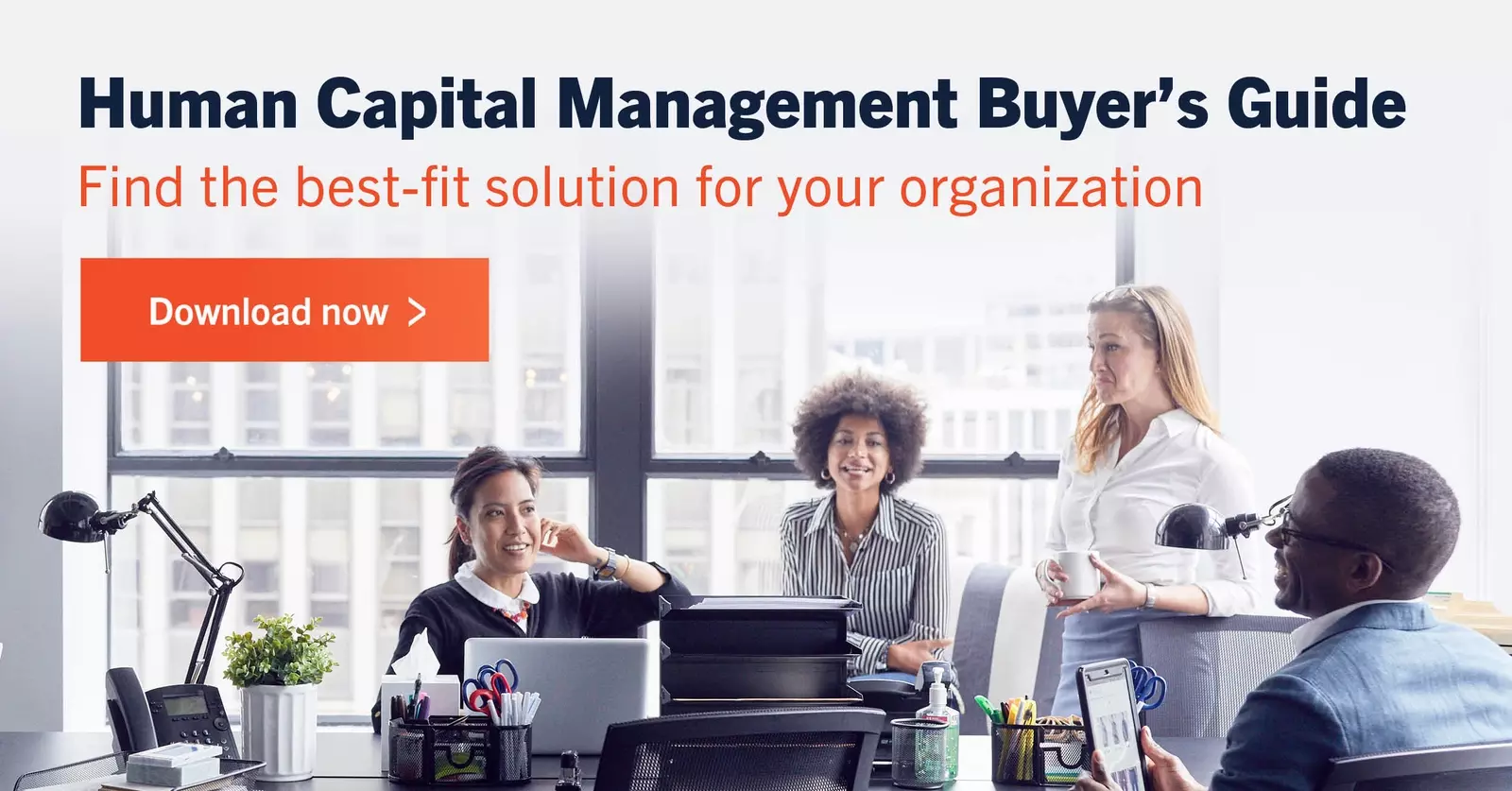Often, we think of diversity, equity, inclusion, and belonging (DEI&B) solely being applied to large businesses, but in reality it applies to all sectors and all organizational sizes. We have seen over the last year a significant increase of organizations wanting to prioritize their diversity and inclusion efforts in the workplace. There also continues to be less emphasis around how small to medium size businesses (SMBs) can expand their DEI&B strategies. There are many unique challenges that smaller companies face, and that can deter them from participating in DEI&B initiatives. However, HR leaders at SMBs can make practical, high-impact changes to help create a dynamic and inclusive work environment.
First, it’s important to recognize that SMBs face significant challenges in their DEI&B efforts, such as lack of financial resources and time, lack of knowledge and guidance, and lack of formal structure. During my time as a DEI&B practitioner within various SMBs, I have had to play many roles, which often happens to many HR leaders in all sizes of industries. But in the last year, we’ve commonly seen this trend especially in SMBs due to the various global challenges we’ve all faced.
We must remember that DEI&B is not just one person’s role, and that it’s everyone’s responsibility to really create a dynamic workplace for everyone. Programs and initiatives on their own don’t drive lasting change, especially in SMBs where so many may already feel overloaded with work. DE&IB must be positioned as something that is fundamental to the entire workplace rather than just another assignment. Let’s take a look at how we spread that awareness in an SMB setting as HR professionals to make sustainable changes.

Be clear with your intentions
One of the most important questions that I ask HR and organizational leaders of any size is, “Why is this important and why do you want this?” This is a critical question to begin to understand how these responses tie into the mission, vision, and values of the company. I've worked with SMBs where quite frequently we had to start by revisiting and rewriting organizational values and definitions, because they simply did not know the impact that this had on their overall employee engagement strategy.
Employees and customers will also notice the intention behind DEI&B efforts. The last thing a company and HR leaders want to come off is that they are solely joining DEI&B efforts because it is the latest trend, especially now that DEI&B is becoming more embedded into the workplace. Having a foundation of shared thought, beliefs, and definitions from the beginning will make it easier to incorporate DEI&B best practices later into the organization. Employees in SMBs can also become overwhelmed if too much happens to fast, so initiatives should be executed with a proper pace rather than trying to do too much change at rapid speeds.
Establish frameworks of communication
Establishing DEI&B efforts in the organization and then not properly communicating the overall strategy can frequently occur. Engaging with everyone doesn't just mean we blast an email about new values and expect this to trickle down through the organization. Communication should extend to all employees, and this also means engaging with hourly employees. I've experienced enough times in my career when HR has wanted to send a company update, progress or even just recognize an employee solely through company email.
DEI&B efforts must be clear throughout the employee journey in an organization. With one of the SMBs I worked with in the past, we would intentionally discuss the organization’s DEI&B efforts from the start of the employee’s journey with recruitment to onboarding. During new employee orientation, all employees would have the opportunity to hear specifically about DEI&B, and how they were important contributors and critical to the organization as front-line employees. We consistently would communicate employee recognition and organizational efforts, through various communications.
Announcements like company updates, progress, employee appreciation, and how their contribution is critical to the business are some of the many ways to make front-line and hourly employees feel like they belong. Many of us who work in front of a computer or check emails consistently in the palm of our hand, can forget that not everyone has the same access, especially during the workday. Technology plays an important role in engagement, such as the ability to send companywide or targeted communications via text messages to front-line employees. Communal computer stations, signages around the workplace, and phone instant messaging are some other ways to engage with front-line employees.
Another fundamental piece to communication strategies is the power that people managers have in supporting and carrying out the DEI&B mission with frontline employees. Managers must also clearly understand organizational DEI&B efforts and have the proper support to encourage the inclusive and empowering work environment that upper leadership is trying to foster. Frequent check-ins with managers is one of the most effective ways I have found to not only have a pulse on front-line hourly employees, but this also makes space for front-line managers to feel a sense of support and belonging.
Connect with local communities
SMBs often have close ties to their local communities, thus networking at the local level is another way to expand DEI&B efforts. Local chambers of commerce, community colleges, trade schools, local radio stations and newspapers, and local businesses and non-profits are just some of the spaces that SMBs can connect with for recruiting strategies, community building, and to build partnerships.
The more we can diversify our networks, the larger the variety of different perspectives we can bring to ourselves and to those around us. DEI&B efforts can be so focused on looking at large-scale programs and projects in prominent large companies that we forget the influence of local organizations. For example, reaching out to local DEI&B trainers in your community can have a more significant impact on your workforce than larger and more costly national consulting firms that may be detached from the community and employees.
Conclusion: It's time to commit to DEI&B for SMBs
Now more than ever, many small to medium-sized businesses are facing multiple unique challenges and DEI&B may not be a priority. Making a commitment to understanding DEI&B early on really helps future efforts be welcomed rather than be faced with resistance. Leading with empathy, compassion, and awareness helps to further HR and business strategies in SMBs, since there may already be numerous struggles that are being faced.
Taking essential, intentional, and practical actions in employee engagement are just the beginning steps that SMBs can take to further their DEI&B efforts, and HR technology can be a big help. Take a look at our value estimator to see how you can get a leg up on DEI&B and other key HR processes.



